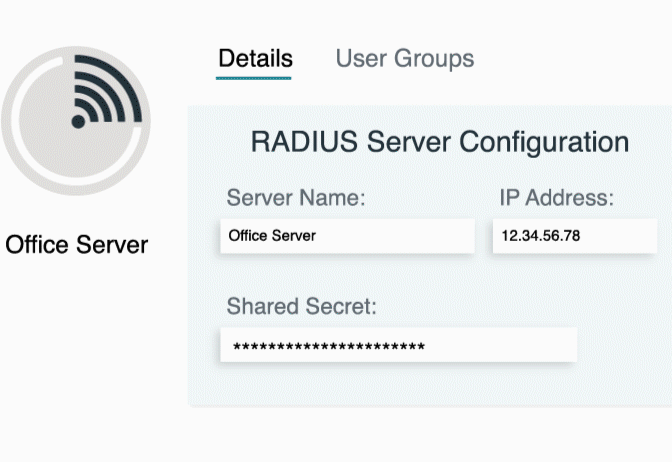Updated on May 21, 2025
Definition and Core Concepts
Mutual authentication is a secure communication process where both parties in a connection verify each other’s identities. Unlike unidirectional authentication, where only one party (typically the client) verifies the server, mutual authentication ensures that both the client confirms the server’s legitimacy and the server validates the client’s identity. This bidirectional approach solidifies trust and prevents unauthorized access from malicious parties.
Core Concepts
- Authentication: Validates the identity of a user or system to confirm it matches claimed credentials. Mutual authentication applies this in both directions between client and server.
- Client: The end-user or system initiating communication, such as a browser or software requesting access.
- Server: Responds to the client’s request, validating the client while proving its own authenticity.
- Identity Verification (Unidirectional): In traditional models like HTTPS, the client verifies server validity, often using digital certificates issued by a trusted Certificate Authority (CA).
- Bidirectional Verification: Key feature of mutual authentication, ensuring both client and server verify each other to prevent imposters.
- Trust Establishment: Relies on cryptographic methods, shared keys, or certificates issued by trusted authorities to build confidence between parties.
- Certificates: Validate identity in mutual authentication, often using X.509 standard certificates to confirm ownership of cryptographic keys for servers and clients.
- Challenge-Response: A method where a party sends a challenge (random string or number) for validation. The response, encrypted with private keys, is decrypted to prove identity.
How It Works
Mutual authentication employs cryptographic techniques to establish trust. Below is a step-by-step understanding of how this happens in practice.
1. Client Authentication of Server
When a client initiates a connection, the server sends its digital certificate to the client. The client checks the validity of the server’s certificate by verifying it against a trusted CA. This ensures that the server is genuine and not impersonating a trusted entity.
2. Server Authentication of Client
After the client verifies the server, the server requests authentication from the client. The client sends its own certificate for the server’s validation to guarantee its legitimacy.
3. Certificate Exchange (If Certificates Are Used)
Both parties exchange certificates signed by a CA. A CA acts as a trusted intermediary whose signature guarantees the certificate’s authenticity.
4. Challenge-Response Exchange (If Challenge-Response Is Used)
Instead of certificates, some systems use a challenge-response mechanism. A challenge (e.g., a randomly generated nonce) is sent to the other party, which must respond with an encrypted message using its private key. If it decrypts successfully with the sender’s public key, the identity is authenticated.
5. Verification Process
Once certificates or challenge-response data have been exchanged, cryptographic checks are performed to ensure the data’s validity. This prevents tampering and confirms identity securely.
6. Session Establishment
After successful authentication, a secure communication session is established. Encryption protocols like TLS/SSL are commonly used to secure these sessions.
Key Features and Components
Mutual authentication has essential features and components that make it a robust security solution.
Two-Way Verification
Both parties validate their identities, ensuring neither side communicates with an impostor.
Enhanced Security
It leverages cryptographic methods, such as certificates and encryption, to shield against unauthorized access.
Prevention of Man-in-the-Middle Attacks
By requiring validation from both sides, mutual authentication eliminates risks posed by intermediaries intercepting and altering communications.
Reliance on Cryptographic Methods
Public and private key encryption forms the backbone of this process, ensuring secure key exchanges, verification, and protection.
Use Cases and Applications
Mutual authentication is widely employed in scenarios demanding rigorous security standards. Below are its most common applications.
Secure Websites (Client Certificates)
Websites that require sensitive or high-security access often implement mutual authentication with client certificates, adding an extra authentication layer beyond HTTPS.
VPN Connections
Virtual Private Networks (VPNs) often rely on mutual authentication when granting remote access. Clients and target servers verify identities to prevent unauthorized access to internal systems.
Smart Cards
Government agencies, military installations, and enterprises use hardware-based smart cards. These cards utilize certificates as part of mutual authentication to gain access to sensitive systems or secure facilities.
Secure APIs
APIs used in banking, healthcare, and similar industries frequently employ mutual authentication to validate that both the service provider and the consumer are legitimate entities.
Military and Government Systems
Critical systems in government and defense infrastructure rely on mutual authentication frameworks to ensure secure communication between classified terminals and command servers.
Key Terms Appendix
- Mutual Authentication: A two-way authentication mechanism where both communicating parties verify each other’s identities.
- Authentication: The process of validating a party’s identity in a system or network.
- Client: The entity that initiates a communication or request, such as a user or application.
- Server: The entity that responds to a client’s request, such as a database or web application server.
- Identity Verification: A security measure to confirm an entity is who or what it claims to be.
- Certificate: A digitally-signed document, issued by a CA, proving ownership of a cryptographic key.
- Challenge-Response: A mechanism where one party proves its identity by correctly responding to a challenge using encrypted data.
- Man-in-the-Middle Attack: A cyberattack in which a malicious actor intercepts communication between two parties without their awareness.






